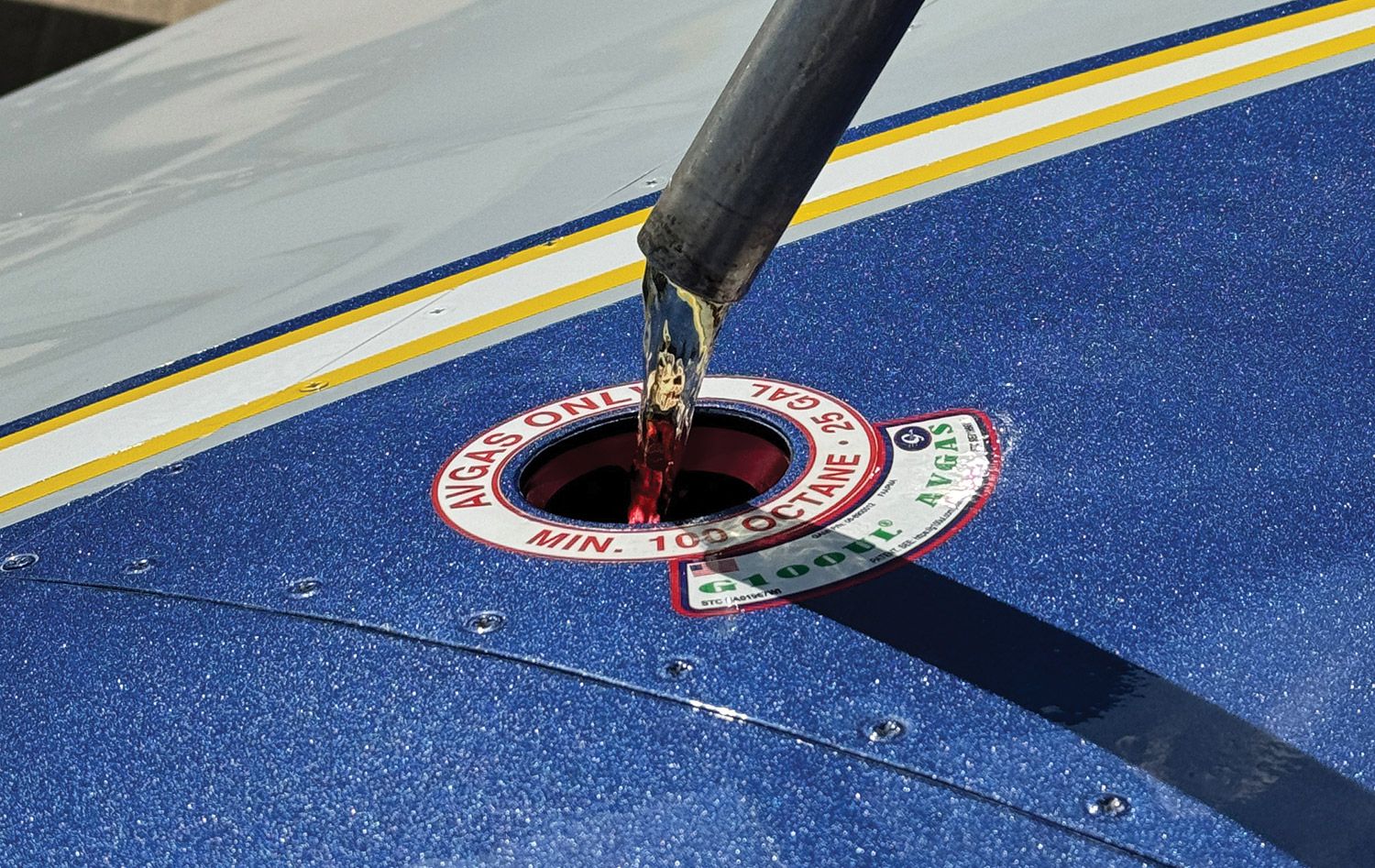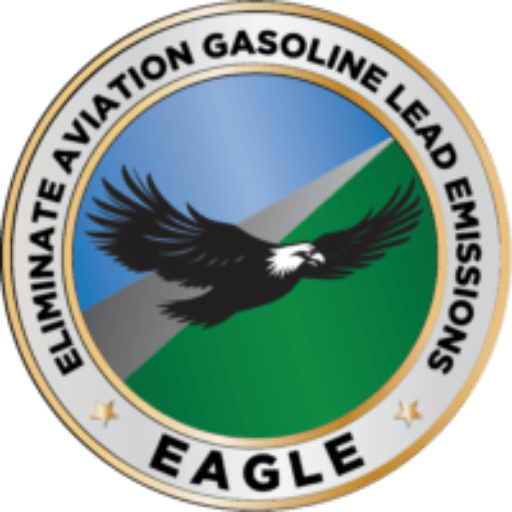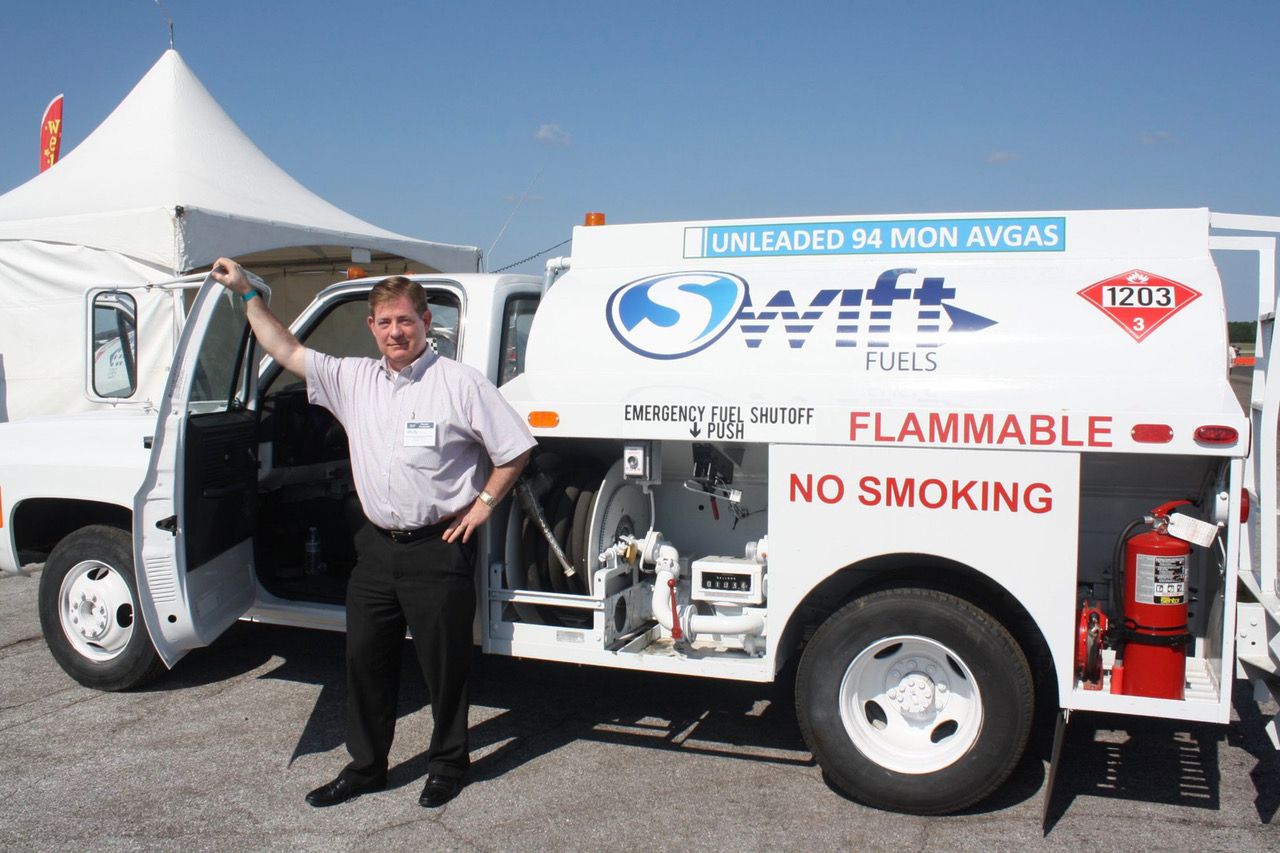That's an excellent checklist to use.
If you want to really do it right, rip out the entire ignition/fuel system and install SDS or EFII in the airplane. I prefer SDS for a variety of reasons, but truth be told either will get you there from the hardware aspect.
I'm actually in the process of writing a book about this - literally - but here's a short version.
Avoid anything that adds heat to the fuel (mechanical fuel pump, traditional injection servo) by being bolted to the great big heater up front. If you want to maintain the standard injection setup without a full SDS/EFII install, then install dual electric pumps (plumbed in parallel for possible pump failure, SDS has a very nice fuel pump module for this) in the traditional boost-pump area of the airplane with an Andair full-duplex fuel valve and tank returns. Remove the mechanical fuel pump entirely, you can leave the pushrod in place in the engine without the pump, it will simply fall down out of engagement with the cam driving it and stay along for the ride. The output of the fuel pumps should have a backpressure regulator such as the Borla regulator which can be referenced to manifold pressure, holding back pressure of 40psig or so to the standard Bendix injector servo with the rest of the flow going back to tanks - the standard Bendix servo will be just fine with this pressure, I tested mine to 52 psi inlet in flight with normal ops at 42. Important note here - don't just reroute the excess fuel flow back to suction of the pumps - it will get hot, the fuel is used to cool the electric motors in the pumps, it needs to return all the way back to the tanks to dump heat. Double-firesleeve ALL your FWF fuel lines for heat insulation, from the firewall pass-thru to the servo and up to the injection divider, and put heat-shields on your exhaust anywhere it's close to the fuel lines or servo. Mount your FT-60 (if you use one, or similar) on the cool side of the firewall - it works just fine downstream of the electric pumps and you don't want it absorbing heat in the FWF environment and heating the fuel flowing through it. Eliminate the gascolator if you have one, they serve no purpose on an RV since the low point in the fuel system is actually in the tanks, not FWF. Replace the standard .024" injection restrictors with .022" (for an IO360) from Airflow Performance, that will help increase the pressure in the line from the servo to the divider to keep it from boiling and provide better idle in hot conditions, and the supply pressure in the low-40's range to the servo will still be able to move full-power fuel flow through the smaller orifice. Do repeated GAMI-spread tests with custom injector restrictors to get it tight, these are available from Don Rivera at Airflow Performance. Restrict your timing to 25 degrees for a parallel valve, 20 degrees for an angle valve engine at low altitudes, I ramp mine from a low of 22 degrees at sea level to 29 degrees above 7000' via the SDS programming. Don't run WOTLOP below 4000'. The Airflow Performance purge valve works quite well for hotstarts if you have trouble with them, be sure and put a spring on the actuator to pull it open in the event of a broken control cable. You will have reduced (but still non-zero) detonation margin - so takeoff and climb should be done very fat/rich to keep CHT's down, leaning only once you level out and pick up airspeed for cooling.
That's the Cliffs Notes version.
This is excellent information. I took the liberty of re-formatting it to make it easier for my small brain to digest:
Fuel System Modifications:
- Avoid adding components that generate heat to the fuel system, such as mechanical fuel pumps or traditional injection servos, by mounting them directly to the engine.
- If you wish to keep the standard injection setup without installing a full SDS/EFII system, then:
- Install dual electric fuel pumps in parallel (to account for possible pump failure) in the airplane's traditional boost-pump area. Consider using SDS's fuel pump module for this purpose.
- Use an Andair full-duplex fuel valve and include tank returns.
- Remove the mechanical fuel pump completely. The pushrod can remain in the engine; it will disengage and not interfere with operation.
Fuel Pump and Pressure Management:
- Ensure the output from the fuel pumps goes through a backpressure regulator (e.g., Borla regulator) that can adjust based on manifold pressure.
- Aim for a backpressure of around 40 psi to the standard Bendix injector servo, allowing excess flow to return to the tanks. This pressure level is safe for the Bendix servo, as tested up to 52 psi.
- Do not route excess fuel back to the suction side of the pumps to avoid heating the fuel. Instead, return it all the way back to the tanks to dissipate heat.
Heat Insulation and Protection:
- Double-fire sleeve all fuel lines within the firewall forward (FWF) area for heat insulation.
- Install heat shields on the exhaust wherever it's close to fuel lines or the servo to prevent heat transfer.
- Position any fuel flow meters (like the FT-60, if used) on the cooler side of the firewall to avoid heat absorption.
Fuel System Configuration and Maintenance:
- Eliminate the gascolator if present, as it's unnecessary in RV aircraft where the fuel system's low point is within the tanks, not FWF.
- Replace standard .024" injection restrictors with .022" restrictors (for an IO360 engine) to improve pressure from the servo to the divider, aiding in preventing fuel boil and enhancing idle in hot conditions.
- Conduct repeated GAMI-spread tests with custom injector restrictors for optimal performance, available from Airflow Performance.
Engine Timing and Operation:
- Adjust ignition timing based on engine type and altitude: 25 degrees for a parallel valve and 20 degrees for an angle valve engine at low altitudes, with adjustments up to 29 degrees above 7000' via SDS programming.
- Avoid wide-open throttle/lean-of-peak (WOTLOP) operations below 4000'.
- Consider using the Airflow Performance purge valve for improved hot start performance, adding a spring to the actuator for reliability in case of control cable failure.
Cooling and Detonation Management:
- To manage detonation risk and engine temperature, perform takeoff and climb operations with a richer fuel mixture. Only lean the mixture once leveled out and airspeed increases for cooling.
This structured approach should help in understanding and implementing the modifications and operational practices suggested for improved fuel system efficiency and heat management in aviation.

 www.avweb.com
www.avweb.com

 www.avweb.com
www.avweb.com






